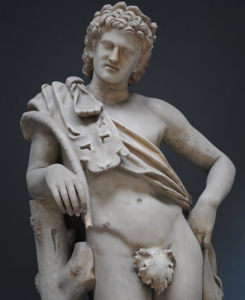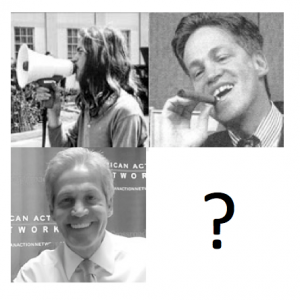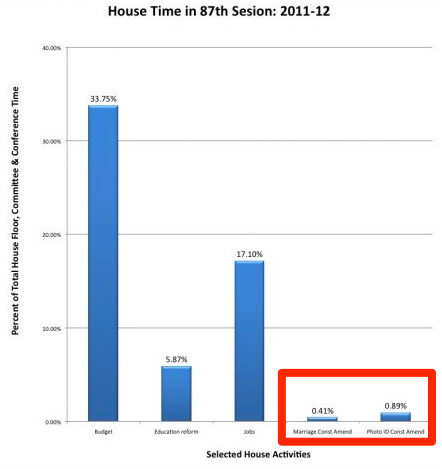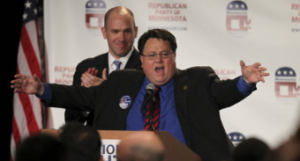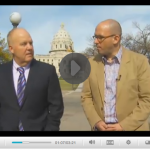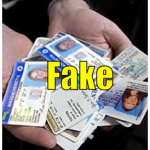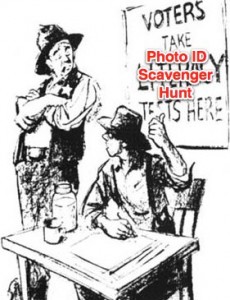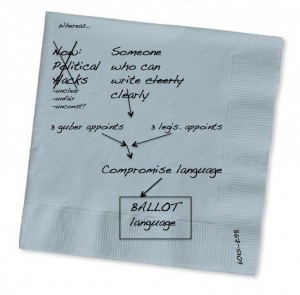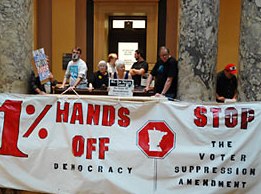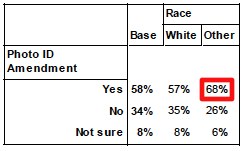There was an interesting item this week in Politics in Minnesota about the potential demise of a conservative interest group called Minnesota Majority. In the most desperate fundraising appeal I’ve seen since the waning days of Tony Sutton at the Minnesota GOP, the power brokers at Minnesota Majority declared that if their conservative benefactors don’t deliver another $20,000 to their doorstep this week, they would be forced to cease operations.
Founded in 2007 by a fellow named Jeff Davis, Minnesota Majority was the lead organization behind the 2012 drive to build additional barriers to voting in Minnesota, a proposition that was wisely rejected by 54% of Minnesota voters.
Since Minnesota Majority proved to be in the minority, it apparently has fallen upon hard times. Current Majority leader Dan McGrath spins it this way in a recent fundraising appeal:
“The 2012 election results seem to have brought about a dangerous malaise causing many people, including some past major donors, to disengage,” the appeal states. “As a result, we’ve been struggling to raise enough money to keep the lights on all year and we’re rapidly reaching a critical point, where we will have do decide if it’s viable to continue operating at all.”
If Minnesota Majority actually goes under, I’d love to go to their “Going Out of Business Sale.” I bet you could get some sweet deals on glamour shots of the Koch brothers, the billionaire masterminds of the voter suppression drive. I’d also love to see how much they can get for that framed May 2011 Star Tribune poll showing 80% support for Minnesota Majority’s voter ID proposal. (To me, the smashed glass only adds a sense of history to the artifact.)
I still am not convinced that Jeff “Not Jefferson” Davis and his merrymakers at Minnesota Majority are truly done with their voter suppression shenanigans. After all, it seems to have served a very important purpose for a lot of conservative donors intent on preventing voting among those least likely to have a photo ID — the old, the young, the poor, and the minorities. Many of those Minnesota Majority donors would rather not be too public about these sordid anti-democratic efforts.
In short, the voting suppressor enthusiasts need something to cover up that which is embarrassing to show in public, a sort of 501(c)(3) fig leaf. Even if Minnesota Majority goes away in its current form, it will return in a laundered form, so that there will be someone to do the things some conservative donors would rather not do too publicly. The struggling voting suppressors at Minnesota Majority are, in the final analysis, too fig to fail.
– Loveland
Note: This post was also featured as a Best of the Blogs by Politics in Minnesota and in MinnPost.

